Xiaomi Redmi Note 10 Review
Tested on April 26, 2021 Rating: 85%
Design Display Power System Camera Connectivity Battery life Test result
|
|
Last year Xiaomi started a new name in the Redmi Note series. It is gratifying that four Redmi Note smartphones were presented this year and that the scheme is strictly adhered to. The Redmi Note 9 was a more or less superfluous model and in 2020 it also developed into a shelf-keeper. With the Redmi Note 10 there is now the official successor and we will take a closer look at this in this test. At a targeted price of less than $150, the Redmi Note 10 offers solid features with a 6.43 inch FHD AMOLED display, a 48MP main camera and a 5000 mAh battery with 33 watt fast charging.
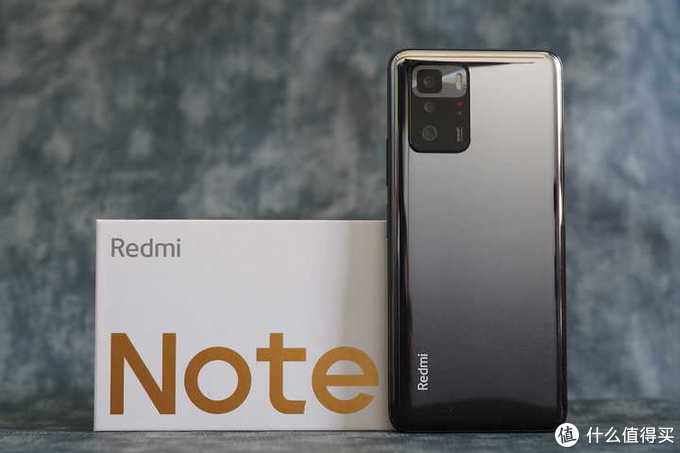
Design and workmanship
With its dimensions of 160.5 x 74.5 x 8.5 millimetres and a weight of 180 grams, the Xiaomi Redmi Note 10 can confidently be described as 'normal' in size and heavy. The camera bump only protrudes a millimetre from the back and is perfectly flat with the supplied protective cover. In addition to the protective cover, there is also a 33-watt charging adapter, a quick guide, a USB-C to USB-A cable and a SIM needle in the scope of delivery. A screen protector is also already glued to the display of the Redmi Note 10.
The edges around the display are kept narrow with 3mm on the left, right and top. At 7mm, the chin measures slightly more than the other Redmi Note models. Xiaomi opts for plastic housing for the cheapest model in the range. In addition to the color black, white and green are also available. All models have a glossy plastic back that is easy to scratch. While the black variant shimmers silver in the light, the green variant has a clear color gradient from white to green.
Despite, or rather because of, the plastic frame and the back, the Redmi Note 10 is excellently made. You will look for large gaps in vain and all transitions are neatly designed. On the far right are the volume rocker (also made of plastic) and the power button with an integrated fingerprint sensor. The latter is made of metal, has a good pressure point and unlocks the Redmi Note 10 from standby in under a second. Unlocking with the finger simply works perfectly and I also find the position very comfortable. In addition, you can decide for yourself whether one touch is sufficient for unlocking or whether you really have to press it. Simple face recognition via the front camera is also available. Unfortunately, the Redmi Note 10 doesn't have any notifications LED more, but has an Always-On Display (AOD) due to the AMOLED display. Unfortunately, this AOD cannot always be switched on but lights up for 10 seconds after incoming notifications or after touching the smartphone.
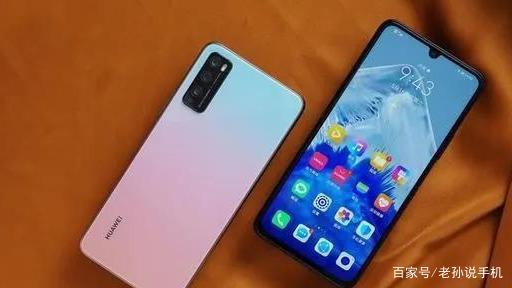
The hybrid stereo speakers of the Note 10 are a small highlight. The fact that Xiaomi uses the auricle to support the main speaker in this price range is also to be welcomed. The result is okay for the price range and has a bit of a stereo feeling. The volume is high, but the quality is flat and free of bass. On the underside of the Redmi Note 10, in addition to the main speaker, there is a microphone, the USB-C port and a good old 3.5mm headphone jack. On the top, there is a second microphone and the infrared transmitter, as is typical for Xiaomi, and there is another opening for the stereo sound. The Redmi Note 10 is of course a dual SIM smartphone. The SIM slot on the far left accepts two nano SIMs and one micro SD at the same time. The triple slot is always to be welcomed and is a must in the middle class. This allows the memory of the Redmi Note 10 to be expanded by up to 1TB without any problems.
Like every smartphone, the Redmi Note 10 is now controlled either with swiping gestures or the Android onscreen buttons. The latter can also be configured. Except for the scratch-sensitive back, the Redmi Note 10 has become a chic and almost perfectly processed smartphone. My personal highlight is the fingerprint sensor, which reliably unlocks the cell phone with a wink. The scope of delivery is consistent, a triple-slot was to be expected and the hybrid stereo speakers are a rarity in this price range. The Redmi Note 10 scores well in terms of design and workmanship.
Display of the Xiaomi Redmi Note 10
The Redmi Note 10 uses an AMOLED display that is a typical for this price range. That will please many and since we are not at Samsung either, the display has a resolution of 2400 x 1080 pixels . In a 20: 9 ratio, the 6.43-inch display delivers razor-sharp 409 pixels per inch. The highlight is the high brightness of the AMOLED display, because 780 lux in the standard is actually never seen in this price range. In direct sunlight, the Redmi Note 10 even boosts to 1270 lux and ensures perfect readability outdoors. The brightness boost is independent of the 'automatic brightness' and 'sunlight mode' options. The minimum brightness of 3 lux is also perfect for reading in the dark. Sensitive users, however, have to expect display flickering (caused by PWM), because DC dimming is not available in this price range. The viewing angle stability is good and the color rendering can be continuously adjusted. In the “Standard” mode there are accurate colors, with 'vivid' the crisp 'oversaturated' AMOLED colors and with automatic, the contrast is adapted to the ambient light. Incidentally, the contrast is typically excellent and AMOLED display is a stunner for this price range.
The front is protected from scratches by Corning Gorilla Glass 3. The touchscreen registers up to 10 touches at the same time, and the Redmi Note 10 implements all inputs precisely and quickly. As usual, there are additional settings in the read and dark mode (black / white reversal) that can be terminated. The AOD is a real highlight in this class, but lights up for a maximum of 10 seconds, so it does not stay on permanently. Widevine L1 for streaming in HD is always included with Xiaomi and the Redmi Note 10 is no exception.
The Redmi Note 10 makes a big leap forward thanks to the AMOLED technology on the display. The display is sharp, color-adjustable and perfectly readable outdoors. There is currently no better display in this price range of around $150.
Performance and system
As an entry-level smartphone, the Redmi 9 achieved almost 200,000 points in the Antutu benchmark last year. The Poco M3 also costs only $140 and delivers 180,000 points with a Snapdragon 662 chipset. The predecessor, the Redmi Note 9, had an Helio G85 from Mediatek and achieved 191400 points. This is exactly where the Redmi Note 10 lands with the brand new Snapdragon 678 processor. The processor has 8 cryo-460 cores, which are divided into 2 clusters and all clock with 2.2GHz. Manufacturing with 11nm will benefit us in terms of battery life.
An Adreno 612 GPU is available for graphically demanding games. Xiaomi has presented 3 memory versions at once, but it remains to be seen whether all of them will actually appear as global versions. In any case, our test device has 4GB LPDDR4X RAM and 64GB UFS 2.2 memory. The RAM clocks at 24 GB / s and the internal memory has a read / write speed of 505/216 MB / s. This means that the Redmi Note 10 is well equipped for this price range and performs standard tasks such as surfing or chatting sufficiently smoothly. Incidentally, the memory can be expanded by up to 1TB with a micro SD. Let's take a closer look at the benchmarks.
The new chipset from Qualcomm shows an increase in single-core performance and the Adreno GPU can also stand out from its predecessors. In practice, you can play standard games without any problems, but the device jerks noticeably in demanding 3D games such as Asphalt 8 or PubG. With 4GB RAM, multitasking under MIUI is hardly a problem and the 6GB variant for Europe may also appear. Whereby you should rather use the Redmi Note 10S instead of the memory upgrade. 4 / 64GB is certainly the sweet spot on this smartphone. I couldn't find any problems with heat development under load. The system runs sufficiently smoothly and there are hardly any real interruptions. However, apps open noticeably more slowly than is the case with a Redmi Note 10 Pro. But you quickly get used to it.
System
The Xiaomi Redmi Note 10, like all other smartphones in the series, currently runs with MIUI 12 based on Android 11. If you want to find out more about the system, please take a look at the Redmi Note 10 Pro review, I'll keep it a little shorter here.
The Note 10 comes with 16 preinstalled apps, all of which can be easily deleted. If you want to clean up the system even further, simply use these instructions . Subtle advertising in selected system apps is also part of Xiaomi, which you will also get rid of with these instructions . What is then left is a stable system that did not show any serious errors at the time of the test. Unfortunately, the AOD remains a 'Sometimes-On-Display' and Xiaomi is unlikely to change anything. The only option is to deactivate the MIUI optimization in the developer options. Then the AOD remains switched on permanently. Updates should be provided here, but a small warning anyway. If Xiaomi smartphones are not so well received, Xiaomi sometimes stops support earlier. Due to the Snapdragon processor, there will be enough custom ROMs, so a Xiaomi.EU ROM is already available. In addition, compared to the Redmi Note 9, the device is worth a recommendation at the time. MIUI is and will remain a highly customized system that is characterized by many customization options.
Camera of the Xiaomi Redmi Note 10
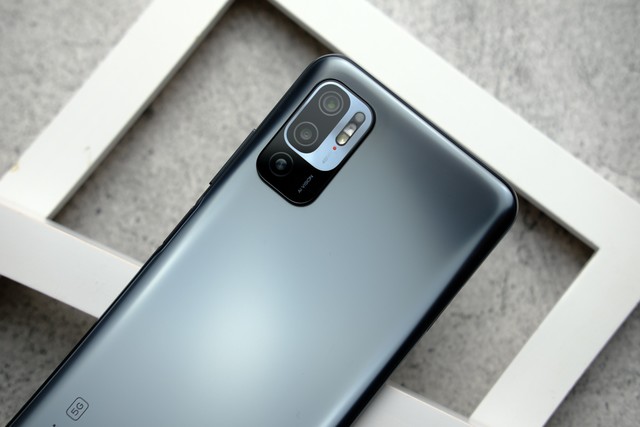
On paper, we get a quad-camera with a 48-megapixel main camera. Only the main and ultra wide-angle camera (UWW) can be used at all. However, Xiaomi surprises us with a 48 megapixel Sony sensor and not with the usual Samsung GM1 / GM2. You can now read whether the quality can also convince us in practice. The Redmi Note 10 has the following camera setup:
- Main camera: 48 MP Sony IMX582, f / 1.8, 1/2 ″, 0.8 µm, PDAF
- Ultra wide angle: 8 MP Sony IMX355, f / 2.2, 118˚
- Macro zoom camera: 2 MP GC gc02m1, f / 2.4
- Depth sensor: 2 megapixel Omnivision OV02B1B for bokeh / portraits
- Selfie: 13 MP Omnivision OV13B10, f / 2.45
Since Xiaomi does not explicitly advertise this sensor, I cannot rule out sensor roulette at this point. It can happen that you receive a Samsung GM1 or GM2 and the image quality visibly deviates from our results here. Xiaomi hasn't done this for a long time, but it was the case with the Redmi Note 4X, for example.
Daylight shots
The Xiaomi Redmi Note 10 delivers rock-solid recordings in good lighting conditions. The dynamics fit, the images are rich in detail and razor-sharp. The only point of criticism is a slight red cast, which is only noticeable in direct comparison with other smartphones. Otherwise, the pictures are visibly better than in the predecessor. Bokeh/portrait also work well.
Night shots
The Redmi Note 10 can also convince with night shots. With the price in mind, the Note 10 clearly outperforms a Redmi Note 9 and even 9S. The pictures are not very detailed, but they shine with good colouring. If there is some ambient light, good shots can be taken. As long as you don't zoom into the recordings, the noise is also kept within limits.
Ultra wide-angle
For the UWW camera, Xiaomi relies on the same camera as in the Redmi Note 10 Pro and the results can also be seen here accordingly. Good color rendering is an absolute rarity in this price range. The pictures are definitely usable, although the number of details is not very high.
Selfie
I'm also very pleasantly surprised with the recordings from the front camera. The number of details could certainly be higher, but the images are sharp and color-coordinated. Without zooming into the recording, you get perfect selfies that are great in the price range.
Macro shots
As expected, the Redmi Note 10 is a total failure in macro shots.
Videos
Videos For videos, the Redmi Note 10 delivers stabilized recordings with the selfie camera at 1080p and 30 fps. The quality is solid, only slight problems with the exposure are noticeable. The main camera delivers stabilized recordings up to 1080p / 30fps, but cannot record 4K / 30fps in stabilized format either. The UWW camera also delivers solidly stabilized recordings at 1080p / 30fps. In the video, you can see the quality of the recordings in all modes in detail.
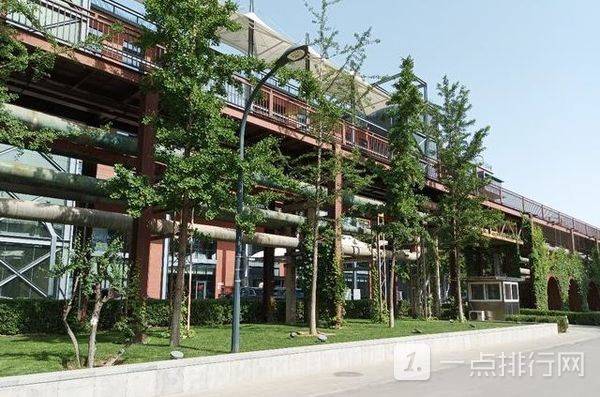
Summary - camera of the Redmi Note 10
The Redmi Note 10 can deliver a surprise in the camera category. While the Redmi Note 9 was far behind at the time, the cheapest device in the Redmi Note 10 series delivers rock-solid recordings for this price range. With night shots the quality naturally goes steeply downhill, but the daylight shots are very convincing apart from a red cast. The ultra-wide-angle camera is also a highlight on the smartphone. Even with video recordings, the device can convince with well stabilized selfies and 1080p / 30fps recordings with the main camera.
Connectivity and Communication
The Xiaomi Redmi Note 10 is a dual SIM smartphone with a triple-slot, so it can hold two SIM cards and a micro SD at the same time. It transmits on all 2G, 3G and 4G (LTE) frequencies common in Germany and Europe:
- 4G: LTE FDD B1 / 2/3/4/5/7/8/20/28
- 4G: LTE TDD B38 / 40/41
- 3G: UMTS B1 / 2/4/5/8
- 2G: GSM 850/900/1800/1900
Reception and data throughput in the LTE network is good. The SAR value of the Redmi Note 10 is 0.6 W / kg (head) and 0.97 W / kg (body). The standard repertoire includes VoWIFI (telephony over the WLAN) and VoLTE (telephony over the 4G network). The call quality is good and the auricle is noticeably loud. Even at the lowest volume, I could hear the caller without any problems.
The Redmi Note 10 supports WiFi 5 in the 2.4 and 5GHz networks. The range is good and the data throughput is also very impressive. The plastic design shows its well-known strengths here. Even 2 walls and 10 meters away from the router, 144/47 Mbit / s still arrive from my 250 lines. An excellent value. Bluetooth version 5.0 (including aptX and AAC - unfortunately LHDC is missing) works as it should. The Note 10 is the only smartphone in the new Note series that has to do without NFC. So if you pay on the go, you should use a different model. Perhaps there will be an extra version with NFC, you just have to wait and see. The 3.5mm headphone connection enables crystal clear music enjoyment and the FM radio app also gives radio fans their money's worth. Via GPS, Baidu and Galileo determine their position within a few seconds to an accuracy of 3-4 meters. In the car and as a pedestrian there were no problems with the navigation.
The Redmi Note 10 offers a well-known standard range of sensors, including acceleration, proximity and brightness sensors. Also included are a compass, gyroscope and an infrared transmitter. I have already written something to you about the hybrid stereo speakers under Design and Processing.
Battery life of the Redmi Note 10
With the Redmi Note 10 Pro, there was a bit of astonishment with the battery life because the AMOLED and Snapdragon processor should provide an outstanding value in the PCMark battery test with a 5000 mAh. This actually works in the benchmark with the grade 10 and it runs for 15 hours and 30 minutes at a time. That is an excellent value and I can confirm it in practice. One hour of YouTube in the WLAN only costs 5% battery and it is hardly possible to bring the Note 10 to its knees in one day. In intensive test operation with benchmarks, photos, GPS and loads of social media, the Note 10 only had to be plugged in after 2 days. Without gaming, a time with the display switched on of 10 to 11 hours is possible without any problems.
The Note 10 can also score points in terms of loading time because Xiaomi does not provide us with a downgrade here. With the supplied 33 watts charging adapter, the charging process only takes 80 minutes. A great value for the price range.
Test result
As soon as the Redmi Note 10 has reached the price of €140 (USD165), you don't have to think twice. Xiaomi puts together an excellent overall package with many advantages. The Redmi Note 10 is light and almost compact by Xiaomi standards. A lot of plastic is common in this price range, but a protective cover is included. The display is top-notch, the camera is good in daylight and the battery life is great. The reception is also strong across the board. On the other hand, in terms of performance, we are at the Poco M3 level and you can see that in the system. The test of the Redmi Note 10S is still pending, but the standard model Redmi Note 10 will probably not develop into a slow-moving this time. Anyone who can live with the somewhat sluggish system, without NFC and with the 'Sometimes-On-Display', gets a lot of smartphones for their money here.
|
Overall rating 85% |
|
Design and workmanship 80% Display 90% Performance and system 75% Camera 80% Connectivity Battery pack 90% |

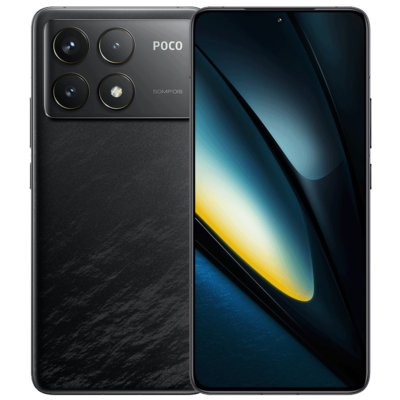

New! Comments
Have your say about what you just read! Leave me a comment in the box below.